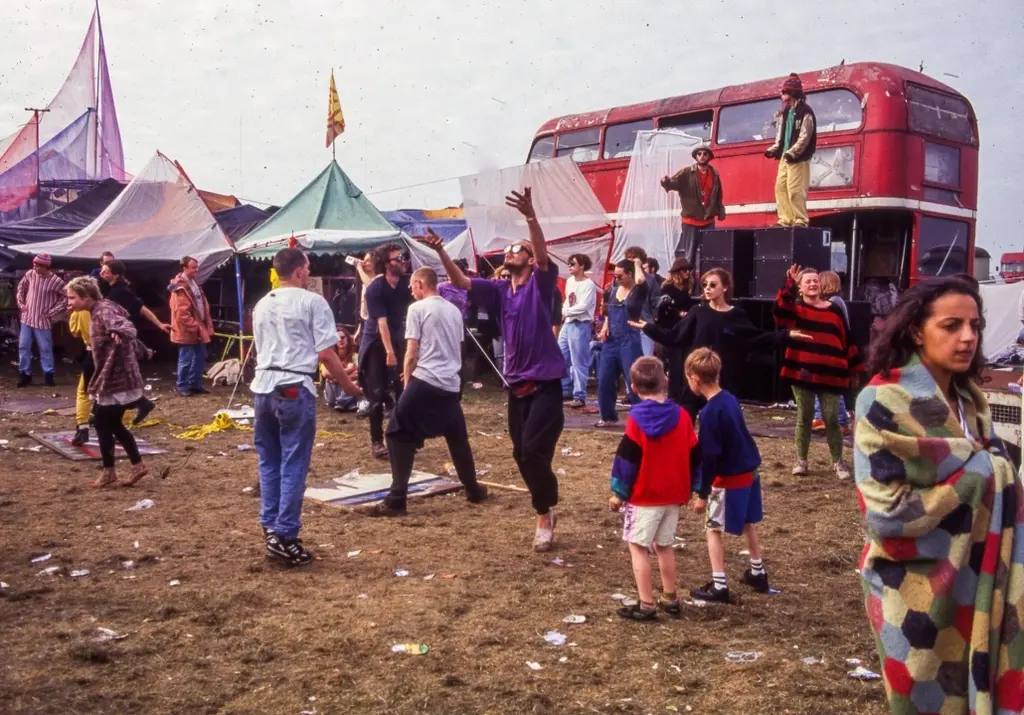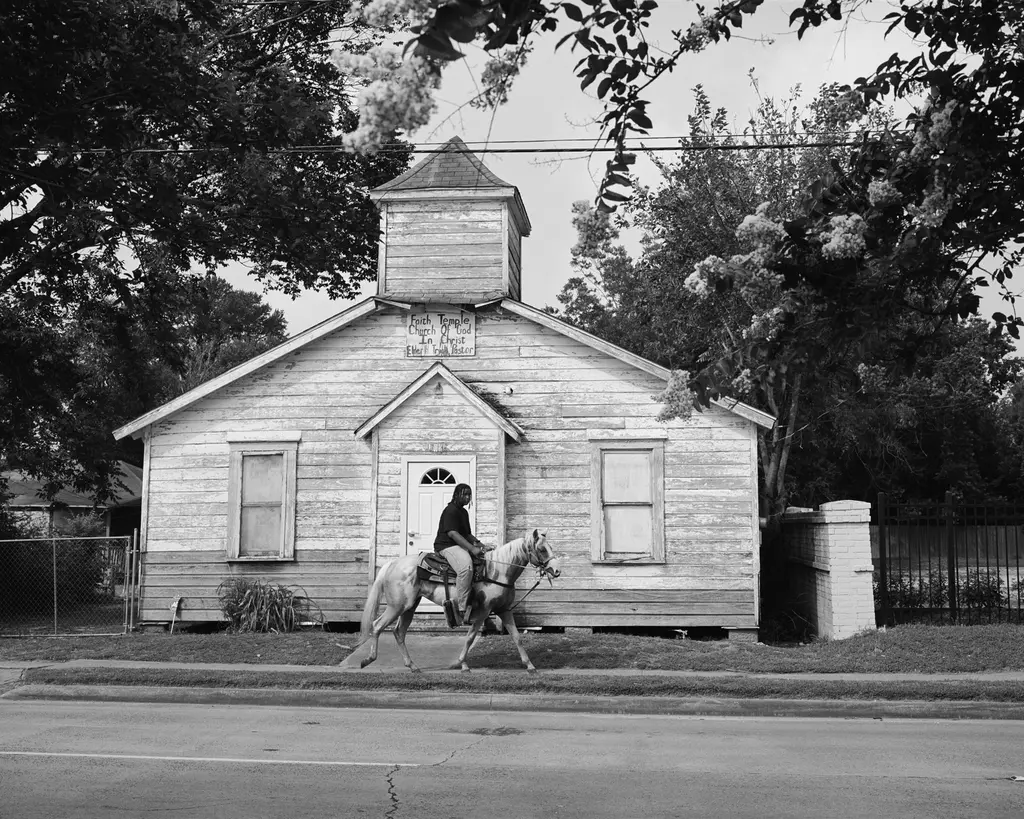New documentary Tónlist explores Iceland's rich musical landscape
- Text by Sam Warner
New documentary Tónlist tries to delve under the bonnet of Icelandic music, taking a peek at what makes the small island that sits between the North Atlantic and the Arctic Ocean such a rich source of eclectic and acclaimed artists.
Made through music and culture website The 405, the film was created by director and producer Stephen Bevan and Tim Boddy respectively during a 2013 trip to Iceland Airwaves festival, which exposes new talent from Iceland’s music scene and abroad. During their time in the country, the filmmakers spoke to a range of local talent from Ólafur Arnalds to Múm, as well as some local journalists and industry experts to learn about Iceland’s musical ethos.
Bevan, a Welsh filmmaker who studied at the London Film Academy and has directed a range of music videos for the likes of Arlissa and Bishop Nehru, as well as some commercials and promos, took his and Boddy’s love of Icelandic music as the catalyst for creating the 45-minute documentary.
Huck caught up with Bevan to talk about Iceland and the reasons behind its fascinating and rich culture.
What first drew you and The 405 to Iceland to make Tónlist?
Myself and Tim [Boddy] love Icelandic music and had the same roots into it that most people have through the biggest exports like Björk and Sigur Rós. The 405 have been partnered with Iceland Airwaves for a while – we sponsor a stage every year, so we had this opportunity to go out there. We thought why not bring some cameras with us and really find out about why this island in the middle of nowhere that’s got like 330,000 people on it makes such weird and interesting music. We thought it was too good of an opportunity to pass up.
How long were you out there filming it?
The whole doc was shot in about five days. It was hectic, let me tell you that! During the festival I think I only saw about three bands play, because we were always running off filming. Since the festival’s only three or four days long, we only got there the day before and left the day after the festival. So we just crammed the whole production into that period. It kept it exciting I guess, though we didn’t sleep that much.
That pressure pushes you so much more though, doesn’t it?
When you have almost no budget and a lot of time pressure it can make you think outside of the box and creatively force you to find new avenues.
Was the film you had an initial idea for the one it ended up as?
It’s difficult really with documentary, because I don’t ever know what people’s answers are going to be. I just want them to be truthful and give their honest opinions, but you don’t know what the people you interview are going to say. They just bring their own opinions, and the narrative forms itself. For this documentary, we wanted to know how Icelanders felt about the image that Western media has created for them. Obviously it’s quite beneficial to have this strong image of Icelandic music – that it’s all ethereal and spacy, and everything’s a bit weird. But then how do you feel about that, because it’s such a generalization?
What do you feel makes the music so unique?
Going into it, I only knew Icelandic music through this prism of Western media. Now I don’t feel that there’s a ‘typical’ type of Icelandic music. Going there, I found out how they have a lot of great hip hop bands, and there’s some pretty hard metal out there. If you go to the north of the country there’s a lot of folk music, and Reykjavík itself its such a melting pot of different genres that people sort of mix quite a lot. Plus its quite small, so stereotypically speaking I’d say it probably would be a type of music that draws from a lot of different influences; something that’s quite open-minded. For me, it seems like people in Iceland always want to stand up, because there are so few of them there and there are so many of them that are musicians, but they have to try and do something different. That’s what’s really exciting about it.
That collaborative spirit, where do you think it comes from? Is it a cultural thing?
I think it is a cultural thing, but also circumstance has a lot to do with it. It just feels competitive over here in London, but in Iceland… it’s just something to do with the air out there. Reykjavík especially just seems to be a very creative city, in that it’s small. It’s their biggest city, but the population is around 120,000 people. So everyone does sort of know each other, and I imagine you can’t be competitive or rude, because at the end of the day it’s going to come and bite you in the ass. So they just help each other out and it works out better for everyone.
How did you choose the artists featured in Tónlist?
We were able to get hold of artists who were playing at Iceland Airwaves. We really wanted to get Ólafur Arnalds – I’m a massive fan of his music, and I’d seen interviews with him before where he was just really insightful. Ásgeir was just about to blow up at the time. He was playing and had this stat that was really interesting to us – he had the fastest-selling album in Icelandic history. If you take in the population of Iceland, it would mean that one in six people on the island owned his album. It’s crazy! We liked the album as well, and when we talked to Ásgeir and he told us that he would be home for a few days during the festival in this small town that he grew up in; only 48 people live there. So we thought that’s a great story, let’s get over there. Then bands like Múm wanted to do something a bit different – they had a gallery where they were showing all their artwork, so we thought that’s cool instead of just a straight interview. So I think we just got quite lucky.
If we had more time, I would have wanted to get more artists in, because I think a lot of the artists we had were quite big, I guess, for Iceland, and I kind of wanted to get the perspective of a smaller, younger and newer artists – who Ásgeir actually was at the time, but now not so much.
Tónlist is available to stream on Vimeo now.
Latest on Huck

Meet the trans-led hairdressers providing London with gender-affirming trims
Open Out — Since being founded in 2011, the Hoxton salon has become a crucial space the city’s LGBTQ+ community. Hannah Bentley caught up with co-founder Greygory Vass to hear about its growth, breaking down barbering binaries, and the recent Supreme Court ruling.
Written by: Hannah Bentley

Gazan amputees secure Para-Cycling World Championships qualification
Gaza Sunbirds — Alaa al-Dali and Mohamed Asfour earned Palestine’s first-ever top-20 finish at the Para-Cycling World Cup in Belgium over the weekend.
Written by: Isaac Muk

New documentary revisits the radical history of UK free rave culture
Free Party: A Folk History — Directed by Aaron Trinder, it features first-hand stories from key crews including DiY, Spiral Tribe, Bedlam and Circus Warp, with public streaming available from May 30.
Written by: Isaac Muk

Rahim Fortune’s dreamlike vision of the Black American South
Reflections — In the Texas native’s debut solo show, he weaves familial history and documentary photography to challenge the region’s visual tropes.
Written by: Miss Rosen

Why Katy Perry’s space flight was one giant flop for mankind
Galactic girlbossing — In a widely-panned, 11-minute trip to the edge of the earth’s atmosphere, the ‘Women’s World’ singer joined an all-female space crew in an expensive vanity advert for Jeff Bezos’ Blue Origin. Newsletter columnist Emma Garland explains its apocalypse indicating signs.
Written by: Emma Garland

Katie Goh: “I want people to engage with the politics of oranges”
Foreign Fruit — In her new book, the Edinburgh-based writer traces her personal history through the citrus fruit’s global spread, from a village in China to Californian groves. Angela Hui caught up with her to find out more.
Written by: Katie Goh

